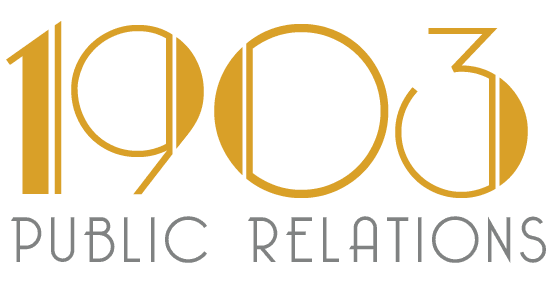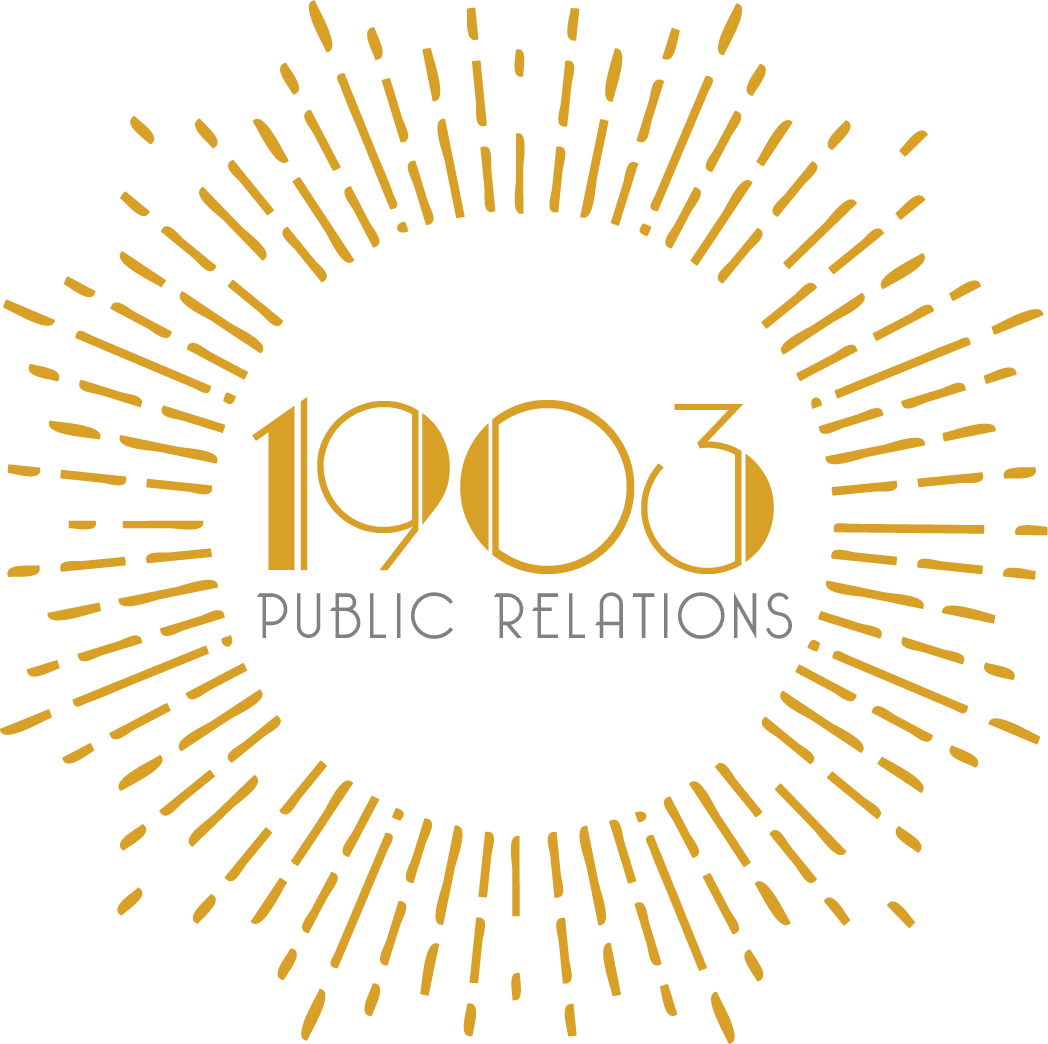By: Santiago Villegas, 1903 Public Relations
One of the continued challenges we often face when entering into conversations, especially with those that have never had direct experience with the function of Public Relations (PR), is executives not having a firm grasp as to the benefit or use of PR in their overall business strategy. To that end, it’s important to recognize that communications is the lifeblood of all interactions from sales, marketing, and every other aspect of operations. An effective communications strategy, whether you are interacting with employees, investors, partners, or media is a crucial part of achieving long-term success.
Public Relations is not one thing. That’s the difficult part to understand. It can’t easily be narrowed to a neatly defined subset of activities. The reality is, PR can be a suite of things that can range from media relations, investor relations, internal communications, and analyst relations to name a few.
For our brand of public relations, we stick to earned opportunities. What does that mean exactly? That means beyond the agency fee, we will not bring pay-to-play opportunities to clients unless media buying is what we’ve been contracted to execute on.
While paying for coverage can provide you with guarantees, it’s also generally seen as less credible than earned PR. This is the difference between PR, marketing, and advertising. For those who aren’t familiar with this function or how it would support your efforts, there are a few things to consider when deciding if PR is something your company is even ready for.
Does your company have a product or service available? If your organization doesn’t have a viable product in the market that’s moved beyond beta and that is currently being monetized, then PR is not for you – right now. There are some caveats however. We would differentiate whether the goal is trying to raise a pre-seed or seed round or get customers. If seeking to raise funds, there might be value in driving brand awareness for the founders to garner credibility that can be leveraged when pitching investors. Beyond that reason, we would say, preserve your efforts when you are ready to garner product attention. If awareness is the goal, companies need to be sure that they have a product that customers can interact with.
Is your product or service at a stage that would benefit from increased visibility? This likely means the company is about to raise a Series A or is beyond that point. The next consideration is budgeting, and the type of support needed at that stage in the company’s lifespan. It’s important to recognize PR is not the value menu item at a fast food restaurant but it also doesn’t have to cost an arm and a leg.
As we mentioned earlier, guarantees don’t exist in PR. If they did then it wouldn’t be PR, it would either be marketing or advertising. When engaging in conversation with agencies, if someone says they can guarantee anything, run for the hills! This is a scam and the outcomes may be far less impressive than suggested. This is normally paired with an incredibly low cost. Media relations across the board can range in cost. However, the results are definitely worth the expense. If you encounter someone saying they can get you into Forbes, Wall Street Journal, or USA Today for under $1,000, it’s a scam.
At the other end of the spectrum is the idea that only a major agency can achieve your goals. And while they may be able to, you will pay for it. If you have a $30,000+ budget, great! For most startups they need to weigh the price tag with the outcome to determine the best value for your organization. Small to medium sized agencies can provide more attention to smaller clients, the same outcomes as big agencies, at a lower price because their overhead is not as extensive.
Still, you may understand the considerations of when to seek out PR or how to differentiate agencies, but may still be at a loss when it comes to how to measure key performance indicators (KPI’s). For one, the most important would be: is the agency delivering exactly what they said they would deliver to your organization on the scope of work you both agreed to. You can question whether it’s effective to your company goals, but if you made an agreement and if it’s being fulfilled then by definition it’s successful.
I once came across a perfect PR metaphor that I will share with you now. You can lead a horse to water but you can’t make it drink. In this context, PR can bring your target audience to you but your offerings, positioning, and messaging should make them want to drink/buy your products. PR can do a lot but it’s not a substitute for a functional product or business plan.
The KPIs that can be assessed to determine if your PR program is working, include: number of articles, marketshare, message pull-through, if the target publications covering your news. We also suggest qualifying top-of-funnel leads across the board by asking one simple question: “how did you hear of us.” List read about you/news coverage as an option to see if your prospects are responding to your PR activities. You would be surprised how many companies do not do this.
Any PR agency you engage with should be treated as a partner who works with you to define the program, explain what is and is not possible with different activities. This should be a collaborative exercise that drives alignment and understanding across the board. For those unfamiliar or new to PR, the value might be hard to identify. The fact is that PR is and continues to be a main driver of product and service awareness and can drive sales and lead to new partnerships. Finding the right partner can differentiate you in the marketplace and amongst competitors, and further company objectives.
Schedule a Meeting Today


